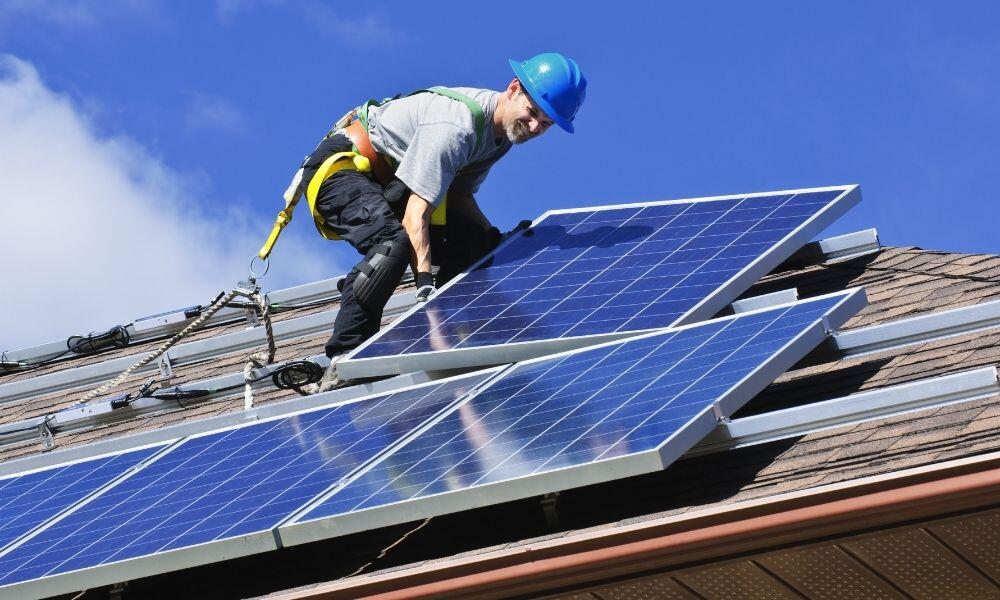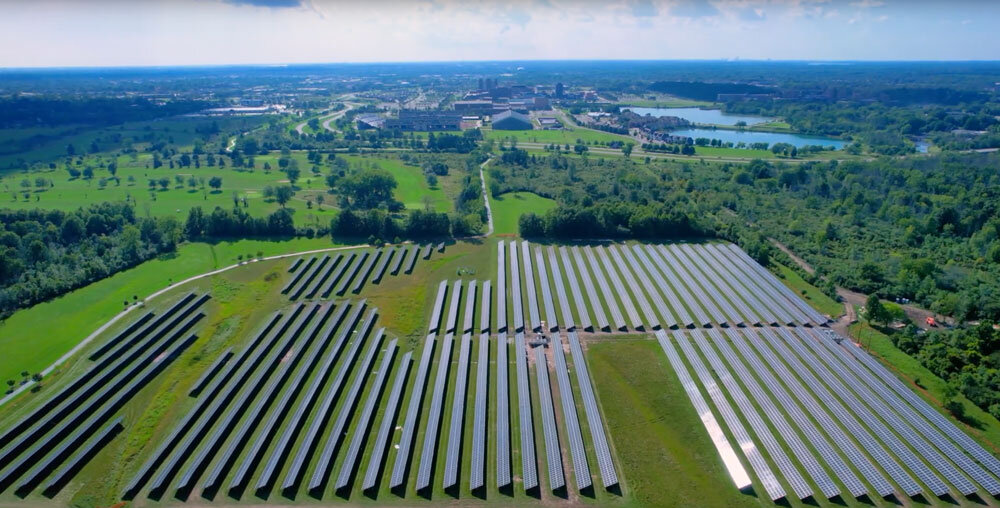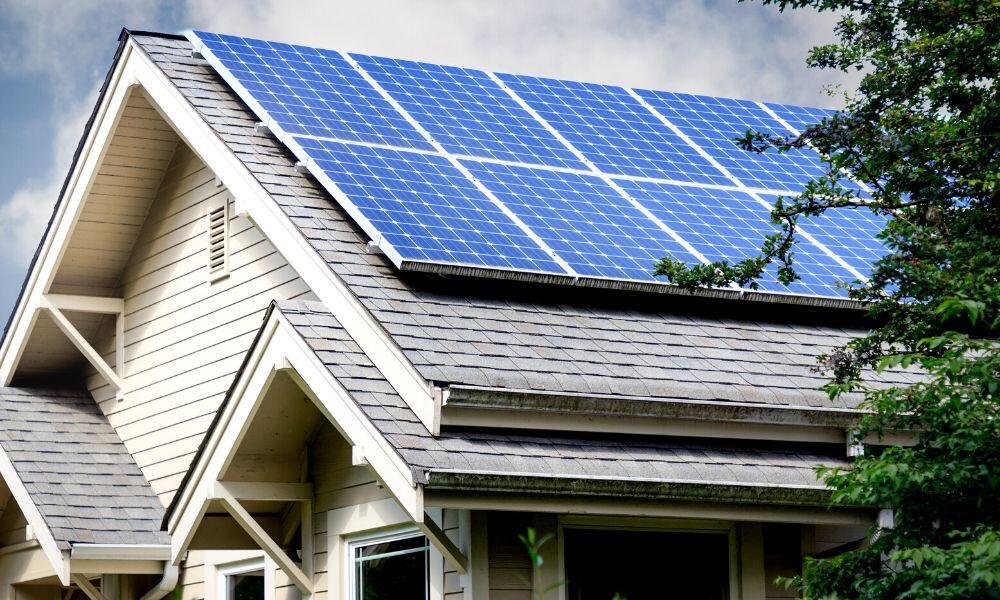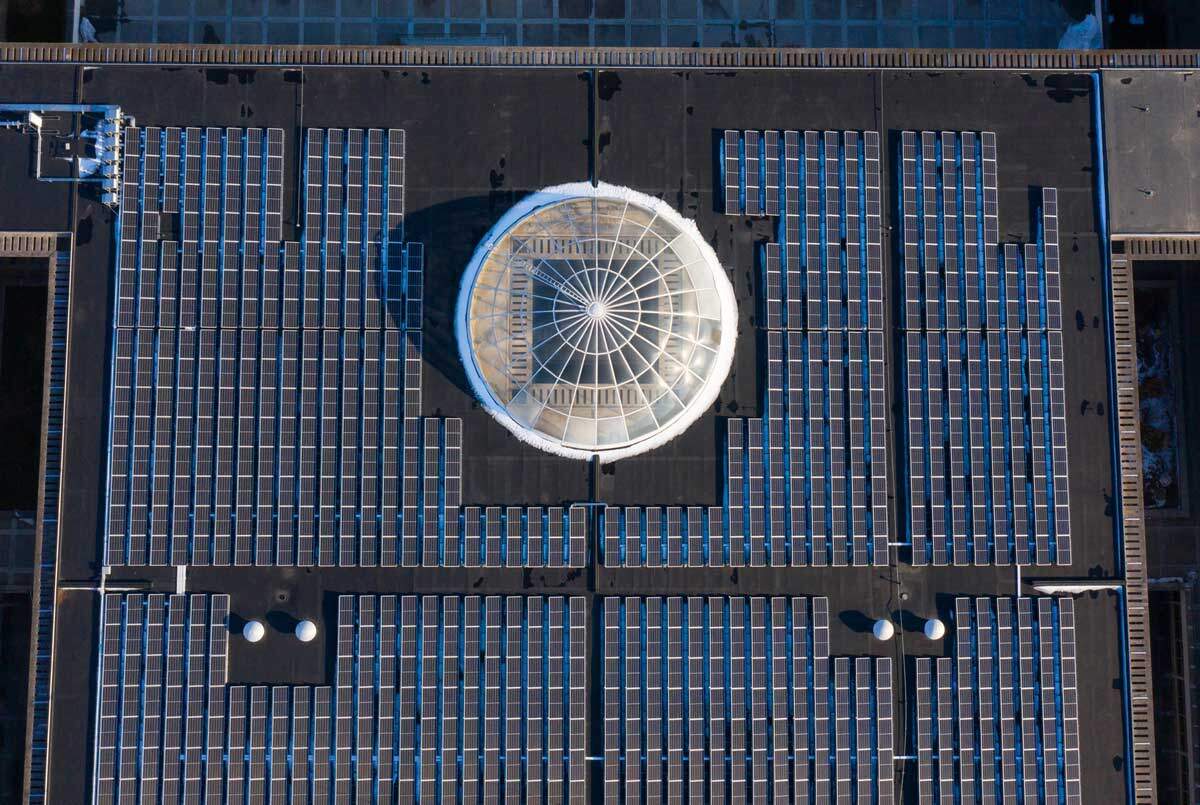How Solar Panels are Secured To Your Roof

Solar panels are quickly growing in popularity due to their environmentally friendly nature and their ability to save money on the electrical bill for those who use them. If you’re thinking about adding solar panels to your home, you may be wondering how complicated the installation process is. Wonder no more: here is an explanation of how solar panels are secured to your roof.
Basic Solar Panel Installation Steps
The installation process of solar panels isn’t too difficult, but it does involve the addition of some hardware to your roof to hold the panels. Here’s an overview of the process:
- Before beginning the installation, your installer will examine your roof to determine where L shaped footers to anchor the solar panels will go. Footers must be at least four feet apart and should be placed in studs of the roof.
- Holes are drilled into the selected spots on the roof to install deck screws which go through a butyl-mastic tape to eliminate any potential for leaks.
- The railings are measured to make sure they are parallel to one another. If they aren’t, adjustments are made. Once the rails are parallel, the middle rail is installed.
- Your installer will then complete the wiring of the solar panels.
- Once all other steps are completed, the solar panels themselves are secured to the stanchions. The panels are also joined to the wiring and any additional electrical work is completed.
Securing Solar Panels To Different Types of Roofs
Depending on the type of roof you have, the installation process will vary slightly. Read on to learn about how solar panels are secured to your roof based on roof type.
Asphalt Shingle Roofs
To install solar panels to asphalt shingle roofs, L footers/ bracketing, special deck screws and butyl-mastic flashings are used to secure the system and prevent any leakage from occurring.
Standing Seam Metal Roofs
Solar panel installation is quite simple on standing seam metal roofs. Because of their protruding seams, it isn’t necessary to drill any holes for installation in this kind of roof. Instead, depending on the metal roof type, there are various types of clamps that attach to the metal seam, and the solar panel is then installed onto that clamp.
Flat Roofs
Flat roof solar panel systems also require little to no drilling into the roof. In a flat roof system, a ballast mount system is used, holding the panels down with the weight of weather-treated cinder blocks.
Advancements are constantly being made in solar panel technology, allowing solar panels to be installed on nearly any kind of roof. If you’re considering residential solar power, contact Solar Liberty. We offer free solar evaluations and can help you determine what the installation process will look like for your home.




